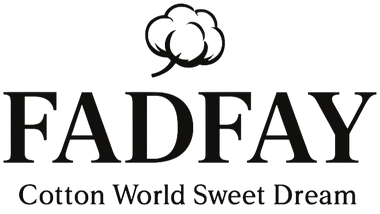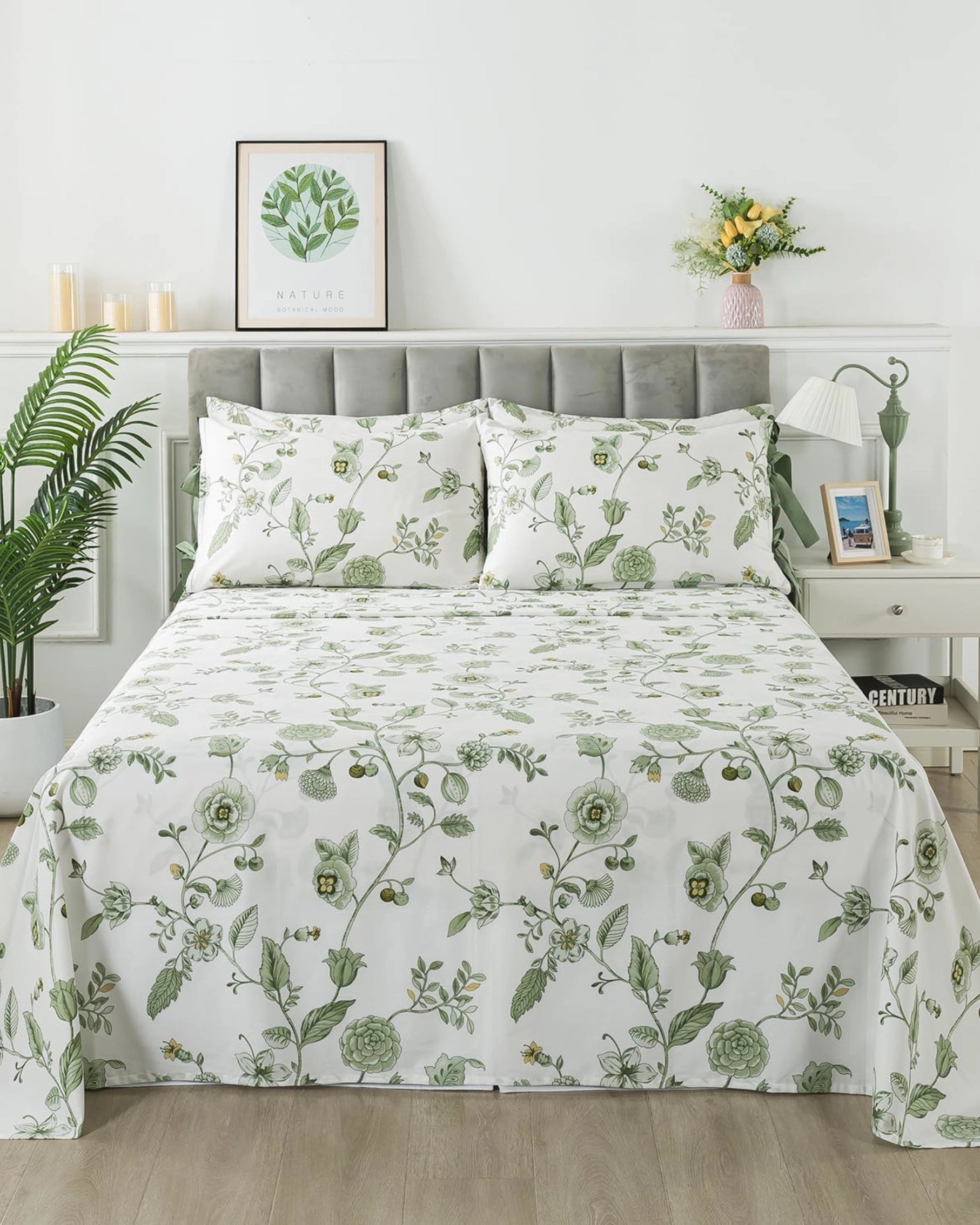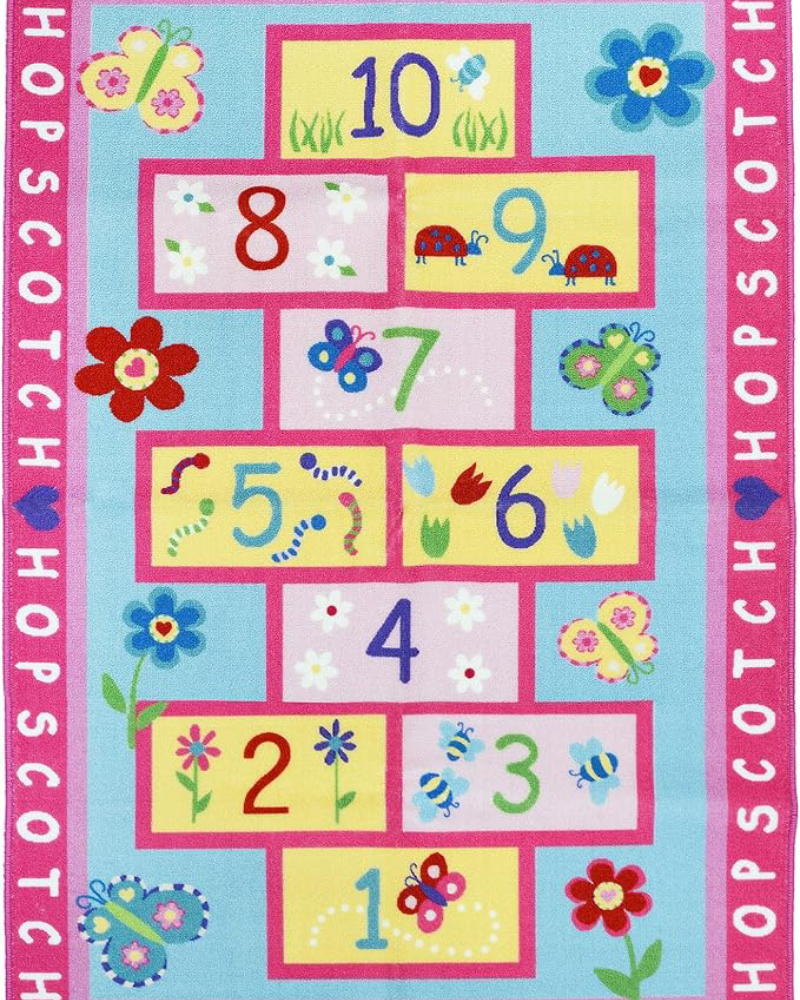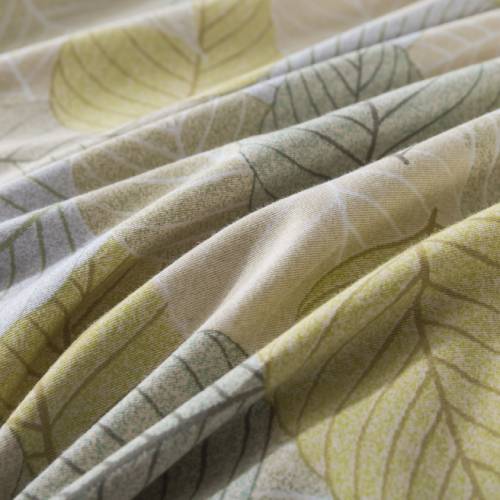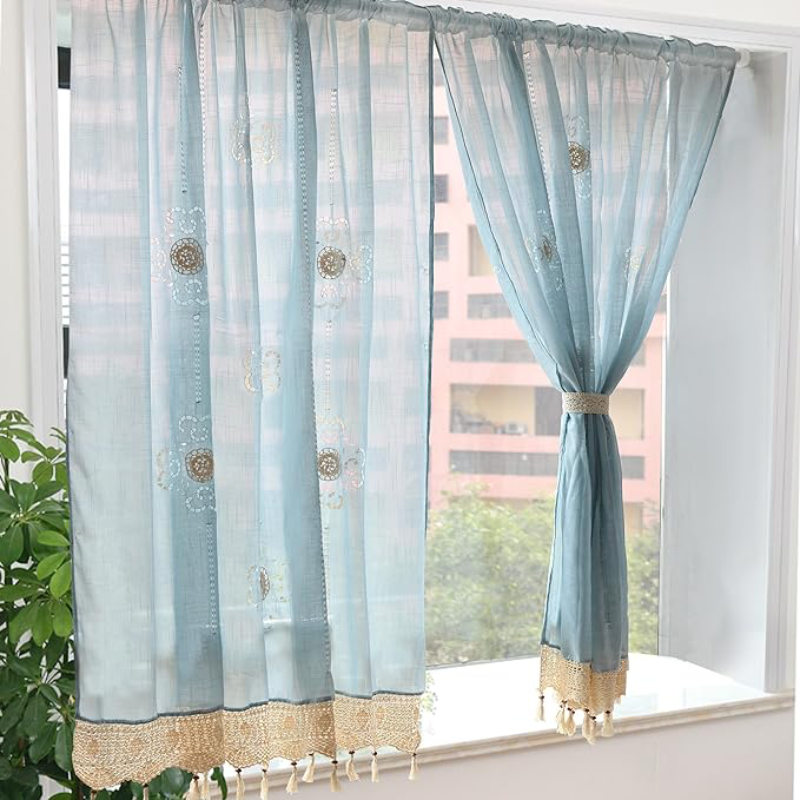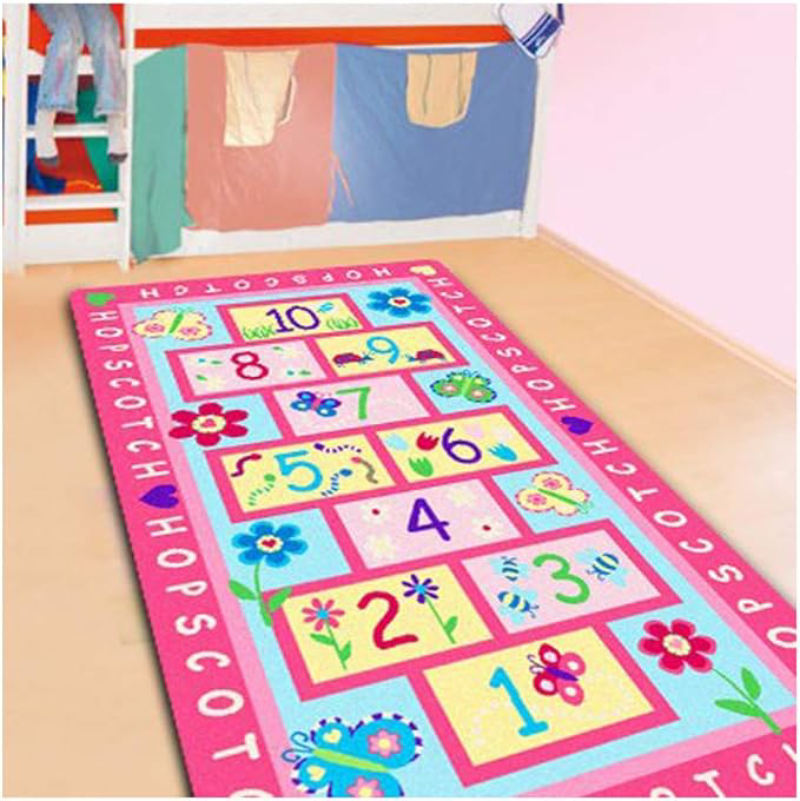Cotton is one of the most widely used and versatile materials in the textile industry, essential for making various clothing, bedding, and other fabric-based products. However, the term "cotton" can often be misunderstood when it comes to where it fits within the manufacturing process. Many people ask, “Is cotton a finished product?” To answer this question, it’s essential to understand what cotton is, how it is transformed from its raw state into a final product, and the stages it goes through in the textile industry.
This blog will dive into the journey of cotton, from being a raw material harvested in the fields to a finished product used in everyday items like T-shirts, bedsheets, and towels. By exploring the processes involved in converting cotton into usable fabric, we can better understand why cotton itself is not considered a finished product but rather a raw material that undergoes various transformations before it reaches its final form.
The Journey of Raw Cotton
Cotton begins its life as a soft, fluffy fiber that grows in a boll, or protective case, around the seeds of cotton plants. This raw cotton is harvested from fields, primarily in warm climates such as the southern United States, India, China, and several African countries. Once harvested, cotton is far from ready to be used in clothing or any textile product. It is in a raw, unprocessed form, full of impurities like seeds, dirt, and plant matter. At this stage, cotton is far from being a finished product.
The first step in the transformation of cotton is ginning, where the cotton fiber is separated from its seeds and other plant debris. This is done by a machine called a cotton gin. Although the cotton fiber is now cleaner and ready for the next step in processing, it is still not considered a finished product. The raw fiber still needs to be spun, woven, and finished before it becomes something that can be used.
Spinning: Turning Cotton into Yarn
Once cotton is cleaned and processed through ginning, the next stage in its journey is spinning. In this step, the cotton fibers are drawn out and twisted together to form yarn. Yarn is a long, continuous length of interlocked fibers that can be used for weaving, knitting, or other forms of textile production.
The spinning process is a critical step because it determines the quality, strength, and texture of the cotton yarn. There are various methods of spinning cotton, from traditional hand-spinning techniques to modern mechanical spinning mills. After the spinning process, the cotton is now in a usable form for further production, but it is still not a finished product. While yarn is closer to a final product, it is primarily a semi-finished material that will be turned into fabric.
Weaving and Knitting: Creating Cotton Fabric
After cotton has been spun into yarn, it is ready to be woven or knitted into fabric. Weaving and knitting are two of the most common methods used to turn cotton yarn into fabric, but the two techniques result in different types of textiles.
Weaving: In weaving, two sets of yarn are interlaced at right angles to form a fabric. The vertical yarns are called the warp, and the horizontal yarns are known as the weft. This method produces various types of fabrics, such as plain weave, twill, or satin, depending on the weaving pattern used.
Knitting: In knitting, loops of yarn are interlocked together to form a fabric. Knit fabrics are known for their stretchiness and are often used to make clothing like T-shirts, socks, and sweaters.
After the weaving or knitting process, the cotton has transformed into cotton fabric. However, even at this stage, cotton is still not considered a completely finished product. The fabric must undergo further processing, such as dyeing, printing, and finishing treatments, before it is ready for use in making garments, home textiles, or other products.
Finishing Processes: Dyeing, Printing, and Treatment
Once the cotton has been turned into fabric, it is often bleached, dyed, or printed to achieve the desired color or pattern. In its raw state, cotton fabric is typically a neutral or off-white color, so most fabrics are treated to create different colors or designs.
Dyeing: This process involves submerging the fabric in dye solutions to change its color. Cotton is highly absorbent, making it an excellent candidate for dyeing. Dyeing can be done in large batches, ensuring that the color is evenly distributed throughout the fabric.
Printing: Printing is a method used to apply patterns, logos, or images to cotton fabric. This can be done using several techniques, including screen printing, digital printing, or heat transfer. Printed cotton fabrics are commonly used in the fashion industry, for home textiles, and in making accessories.
Finishing Treatments: Beyond dyeing and printing, cotton fabric can undergo a variety of finishing treatments. These treatments enhance the properties of the fabric, such as increasing its softness, durability, or wrinkle resistance. For example, cotton can be treated with chemicals to make it water-resistant or flame-retardant. Additionally, some fabrics are pre-shrunk to ensure that they don't shrink when washed.
These finishing processes are essential steps in converting raw cotton fabric into a finished product. At this point, the cotton has been fully processed and can be turned into items like bedsheets, curtains, or clothing. The finishing process adds the final touches, giving the fabric the look, feel, and properties it needs for its intended use.
Cotton as a Raw Material vs. Finished Product
To answer the question, "Is cotton a finished product?" we need to distinguish between raw cotton and finished cotton goods. Raw cotton is the natural fiber harvested from the cotton plant, which then undergoes multiple stages of processing before it becomes something usable. As a raw material, cotton is the foundation for countless finished products, but in its harvested form, it is not yet ready to be used as a textile or fabric.
On the other hand, cotton can indeed be considered part of a finished product once it has been spun, woven or knitted, dyed, and treated. For example, cotton bed sheets, clothing, towels, or any textile made from cotton fabric are the finished products that consumers buy. These items have gone through the full production process and are ready for use.
Applications of Finished Cotton Products
Cotton is ubiquitous in the modern world, found in an array of finished products that are used daily across different industries:
Apparel: From T-shirts and jeans to dresses and underwear, cotton is one of the most widely used materials in the fashion industry. It’s breathable, comfortable, and versatile, making it suitable for all types of clothing.
Home Textiles: Cotton is also used in the production of home textiles, including bed sheets, pillowcases, towels, curtains, and upholstery. Cotton’s softness and durability make it a preferred material for items that are used frequently in homes.
Medical Textiles: Cotton is commonly used in medical textiles due to its hypoallergenic properties and ability to absorb moisture. Cotton gauze, bandages, and medical scrubs are some examples of finished cotton products used in healthcare.
Industrial Applications: Beyond clothing and home textiles, cotton is used in industrial applications such as filters, tarpaulins, and ropes. Its natural strength and absorbency make it suitable for various industrial uses.
Conclusion
While cotton is not a finished product in its raw form, it serves as a vital raw material that is transformed through various processes into the textiles and fabrics we use every day. From spinning to weaving, dyeing, and finishing treatments, cotton undergoes several stages before it becomes a finished product. Once it has been processed, it can be found in countless items, from clothing and home textiles to medical supplies and industrial products.
The journey of cotton is a fascinating one, highlighting the complexity of textile production and the importance of this natural fiber in our daily lives.
